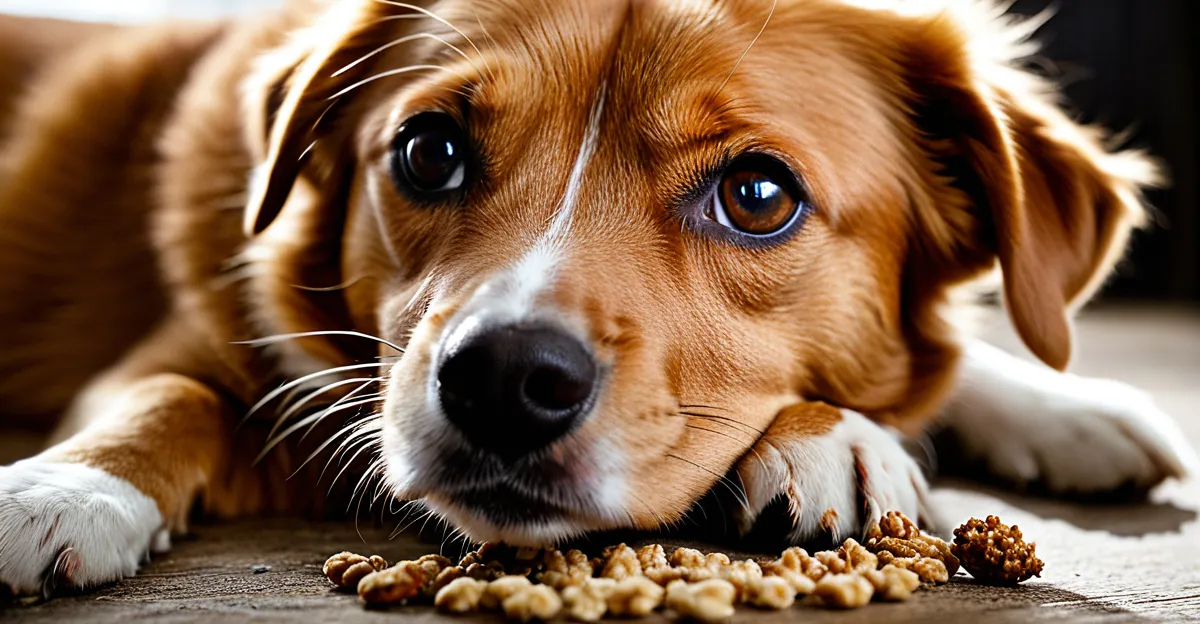The Historical Significance of Pets in Britain
Pets have long held a prominent place in British society, with their role evolving significantly from the Victorian era to the present day. Historically, keeping pets was a sign of social status—wealthy households often displayed exotic animals or purebred dogs to demonstrate prestige. This tradition laid the groundwork for viewing pets not only as companions but also as reflections of one’s social standing.
During the Victorian period, pets became more accessible to the emerging middle class, symbolizing warmth and domesticity. The rise of particular traditional British pets, such as terriers and spaniels, mirrored these societal shifts. Moreover, notable historical figures and royals, including Queen Victoria, were known for their deep affection toward pets, further popularizing pet ownership across Britain.
Also read : How Can You Ensure a Happy Environment for Pets in the UK?
Beyond status, these animals provided emotional support and companionship in increasingly urbanized settings. Over time, the history of pets in Britain reveals a trajectory from luxury symbols to beloved family members, embodying evolving notions of care, companionship, and identity within British households. This evolution underscores how pets have become woven into the fabric of social and cultural life in Britain.
Pets in British Literature, Art, and Media
Pets have played a vital role in shaping British cultural narratives across literature, art, and media. In British literature, animals frequently appear as central characters or symbolic companions, reflecting social values and human emotions. Classic works such as The Wind in the Willows artfully capture the bond between humans and their animal friends, emphasizing loyalty and adventure. Similarly, in British media, pets feature prominently in television dramas and films, often highlighting themes of companionship and resilience.
Also to discover : How Can Pet Owners in the UK Choose the Right Animal Companion?
Artistic representations of pets in Britain stretch from detailed Victorian paintings of dogs and horses to contemporary art forms, illustrating how pets have remained culturally significant through the centuries. These depictions provide insight into society’s evolving relationship with animals, from symbols of status to beloved family members.
The impact of pets in British media and literature extends beyond entertainment; it shapes public perceptions and encourages empathy toward animals. Stories and images of pets foster connection, helping the public appreciate the emotional and social roles animals fulfill, reinforcing their importance within British society and collective identity. This ongoing presence underscores how pets continue to influence and reflect British cultural values today.




